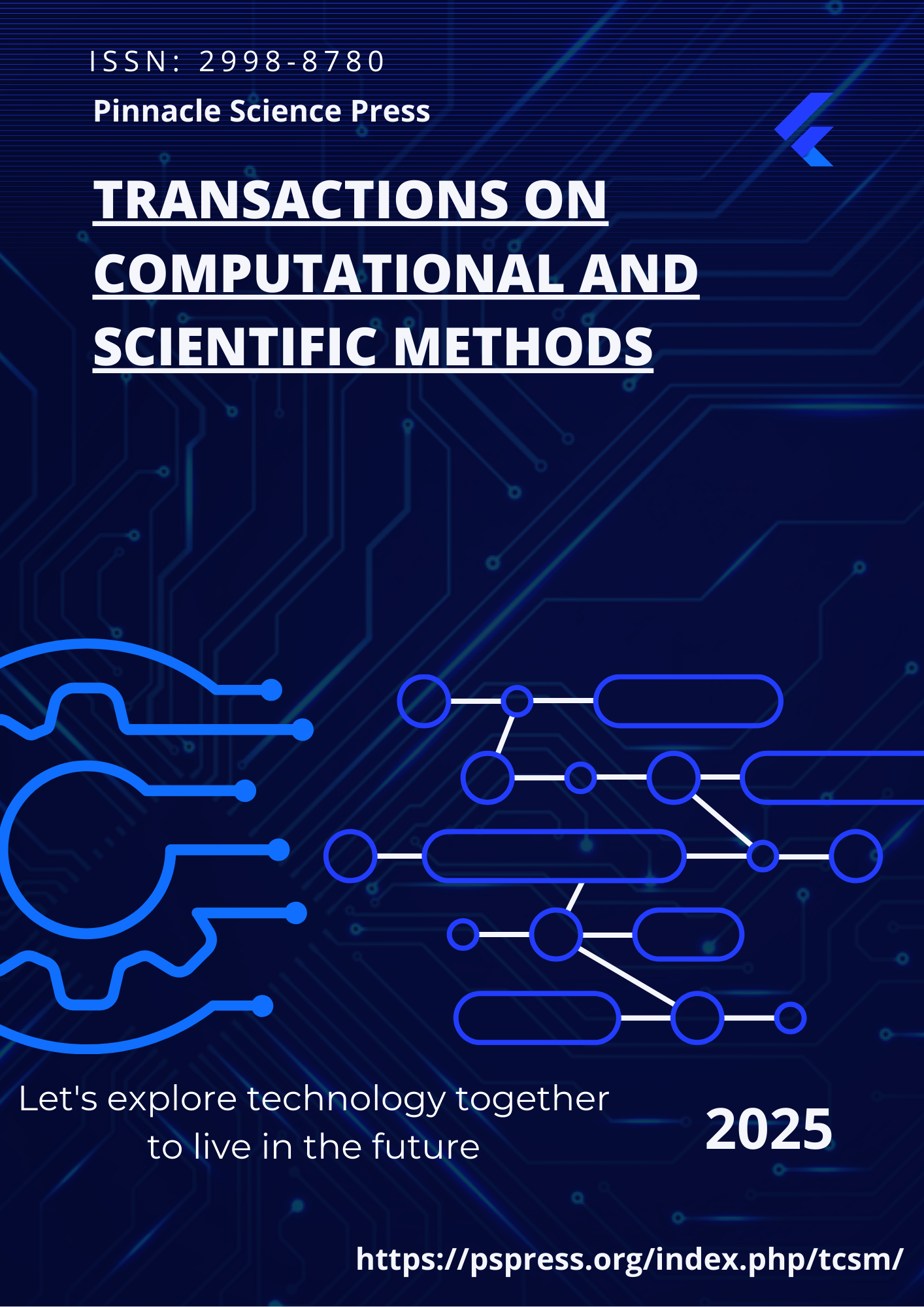Optimized Transfer Learning Strategies for Accurate and Robust Medical Image Analysis

Abstract
This study proposes an optimization method based on transfer learning to address issues such as limited samples, class imbalance, and poor generalization in medical image recognition. The method incorporates deep neural networks pretrained on large-scale natural image datasets, combined with structural adaptation modules and feature compression mechanisms, to accurately model key discriminative regions in medical images. In the overall framework, the base network is first frozen to extract general visual features. Then, task-relevant low-dimensional reconstruction is performed using linear transformation and regularization constraints, enhancing the model's sensitivity to target classes. In the classification stage, a task-specific discriminator is introduced and optimized using a combination of cross-entropy loss and regularization terms to improve discriminative performance under complex data distributions. To validate the effectiveness of the proposed method, an experimental setup is designed to assess model robustness and stability under various conditions, including hyperparameter sensitivity, environmental disturbances, and distribution shifts. The results show that the method outperforms baseline models across multiple metrics, demonstrating strong structural adaptability and transfer capability, and significantly improving recognition accuracy and discriminative power in medical image analysis.